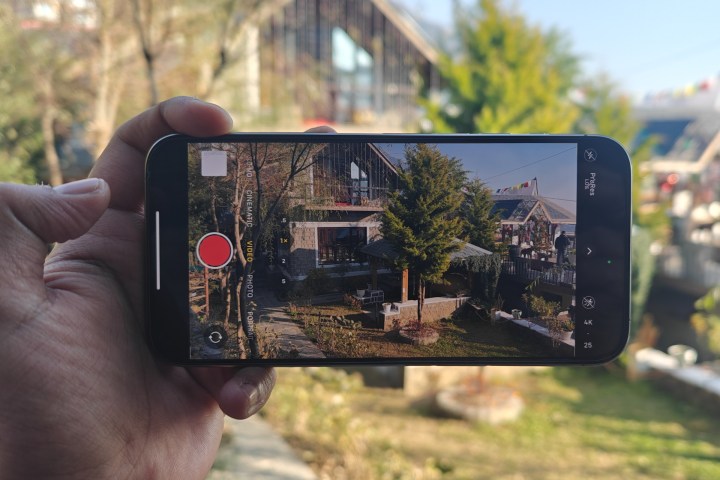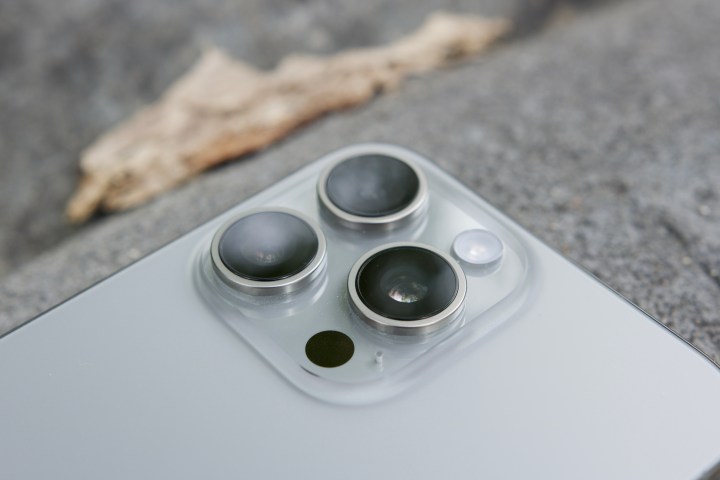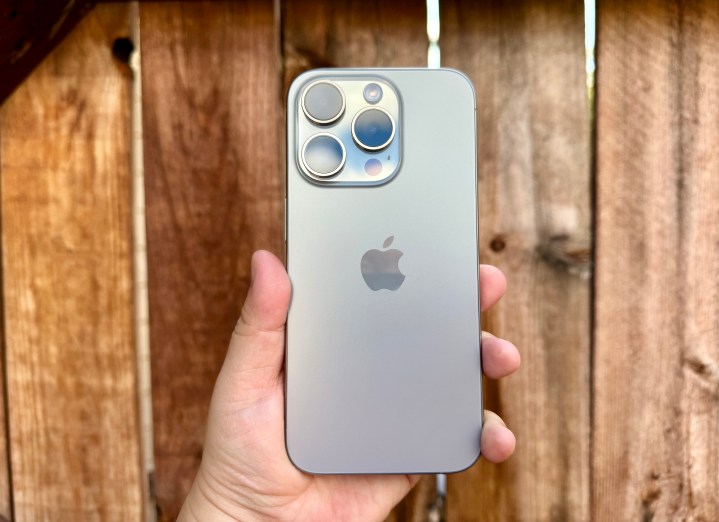
It seems Apple is finally ready to play the megapixels game. After serving 12-megapixel camera arrays on its smartphones for a healthy few generations, Apple finally put a 48MP sensor on the iPhone 14 Pro pair. A year later, the entire iPhone 15 series got the same treatment.
According to industry analyst Ming-Chi Kuo, that momentum will continue with the iPhone 16 series. In an investor note, Kuo claims that the iPhone 16 Pro duo will get a new 48MP ultrawide-angle camera sensor — a big jump from the 12MP wide-angle snapper on the iPhone 15 and iPhone 15 Pro.
In addition to a higher megapixel count, the sensor size will also be bigger, which is great news. The pixel size, however, has been shrunk from 1 micron on the iPhone 15 Pro’s 12MP sensor to 0.7-micron on the iPhone 16 Pro’s 48MP ultrawide unit.

But that’s not necessarily bad news. Camera sensors of such high resolution rely on a technique called “pixel binning.” This tech essentially combines adjacent pixels to create an artificial super pixel, one that collects and processes more light data, thereby producing more detailed images.
Depending on the sensor resolution, it can take many forms. In the case of 48MP sensors, it follows a 4-in-1 format where a 2×2 array of adjacent pixels is combined to create a larger super pixel. In doing so, the sensor size is effectively doubled, to 1.4-microns in the iPhone 16 Pro’s case.
The resulting image turns out to be 12MP in resolution. but contains less noise and better colors than what a native 12MP sensor can deliver. Another advantage of pixel binning is that it delivers noticeably better results in lowlight situations.
The biggest advantage of upgrading to a 48MP ultrawide camera, aside from the boost in raw quality, is that there will now be little disparity in the quality of images achieved from the main and ultrawide cameras on the iPhone 16 Pro.
It’s a meaningful upgrade and a big one for iPhone loyalists, especially considering the conservative approach Apple takes toward hardware innovation. The move also brings Apple closer to the competition in the Android segment, where rival smartphone makers are either picking 48MP or 50MP sensors for ultrawide photography.

However, Apple is still yet to catch up with the competition in the numbers game. The likes of Samsung and Xiaomi have armed their phones with 108MP and 200MP cameras, which either perform 9-in-1 pixel binning or apply the pixel combination formula twice to achieve a smaller, but higher-quality image.
Down the road, Kuo claims that Apple will shift to a 24MP front camera, starting with the iPhone 17 series. This would be another major shift for Apple after years of sticking to a 12MP TrueDepth camera system on iPhones.



